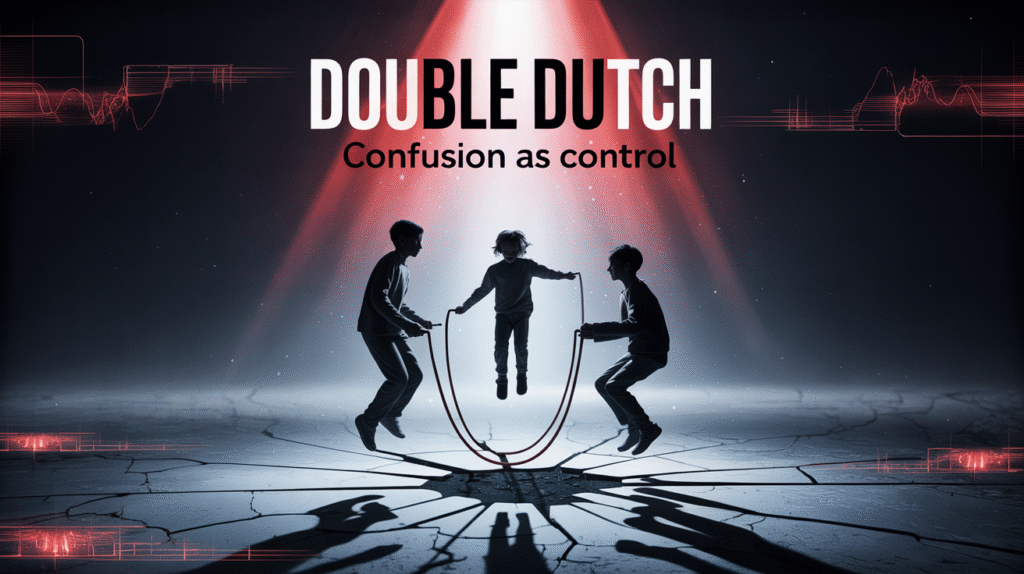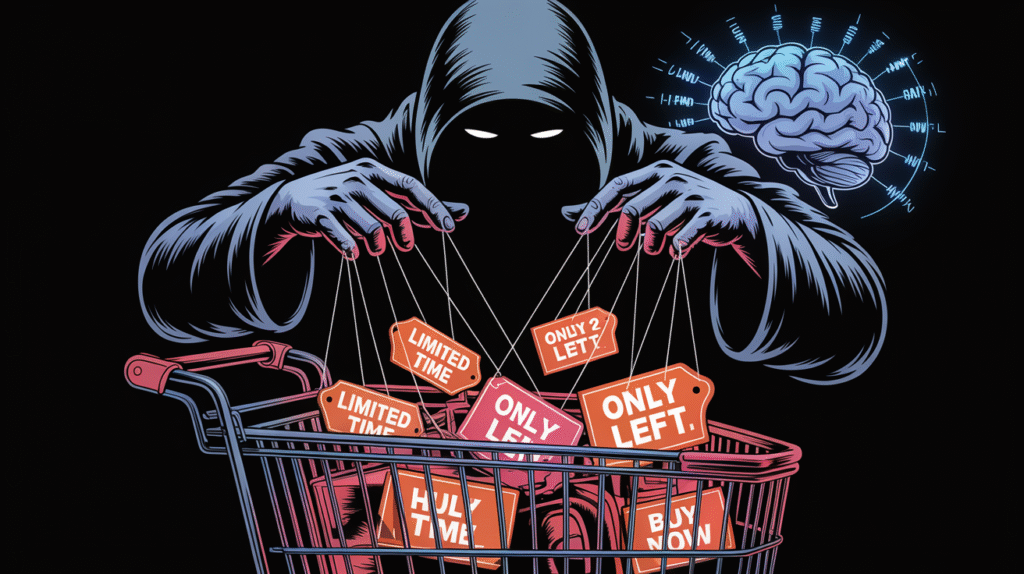
The Blind Box Strategy: Unboxing Consumer Curiosity
The Blind Box Strategy is a marketing approach that sells surprise. Customers buy a product without knowing exactly what is inside—only a theme or hint is revealed. This taps into human curiosity, reward anticipation, and the psychology of risk and reward.
How It Works
Blind box marketing creates an emotional experience. It mimics the thrill of gambling by using limited editions, hidden rarities, and the fear of missing out (FOMO). Brands use this to drive impulse buying and repeat purchases.
Applications Across Industries
This strategy is used in toys (e.g., Kinder Eggs), fashion (mystery t-shirts), art (surprise canvases), and digital products (loot boxes in games). Influencers and eCommerce sites often exploit this to increase average order value.
How to Use It Ethically in Business
Transparency is key. Inform your audience of what to expect broadly and ensure the product holds real value. Add limited editions or unique items randomly to drive excitement without deceit.
Blind Box for Art and Creators
Artists can sell mystery mini-prints, postcards, or signed sketches based on a theme. Customers enjoy the surprise, while creators move inventory and build brand loyalty.
Final Thought
When used with integrity, the blind box strategy is not just a gimmick—it’s a powerful psychological tool. It rewards curiosity, builds community, and increases long-term customer engagement.


